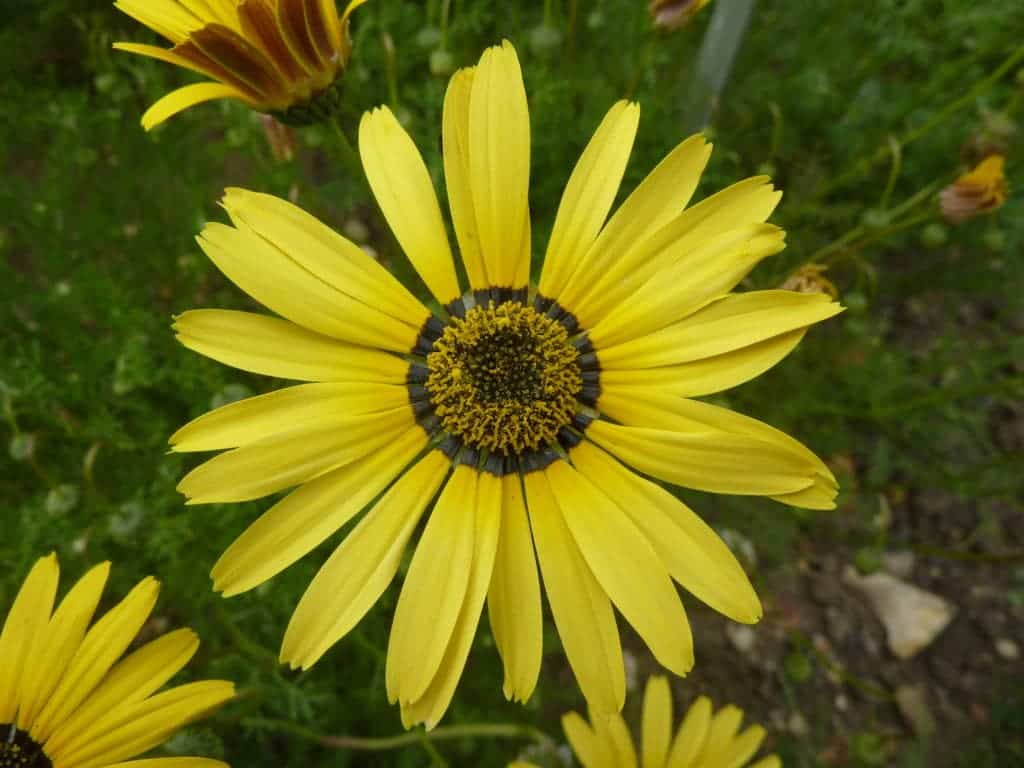The blue light we sometimes see around flowers’ petals is created by tiny ridges with a very specific purpose: to attract pollinators.

Color is a strange thing. We don’t often think about it, but color is pretty much leftover radiation — wavelengths that aren’t absorbed by objects. But in some instances, color is even more intriguing. In some instances, it’s not the material that gives the color, but the nanostructure of the surface. Specific microscopic structures fine enough to interfere with visible light sometimes give off unique colors. Good examples of this are peacock feathers or butterfly wings, whose tiny scales create dazzling colored displays.
Something similar is happening to some flowers. Previous studies have shown that pollinators exhibit a preference for colors in the blue-violet range, but not all flowers are capable of producing these colors, so they improvise — with nanostructures. They use nanostructures (ridges with varying heights and separating distances) to create a blue halo, which researchers have shown that the pollinators can see.
“Many flowers lack the genetic and biochemical capability to manipulate pigment chemistry in the blue to ultraviolet spectrum,” says Adolphe Merkle Institute professor of soft matter physics Ullrich Steiner. “The presence of these disordered photonic structures on their petals provides an alternative way to produce signals that attract insects.”
Recreating these structures in the lab, Swiss researchers showed that pollinators are indeed attracted to them, and this is likely the reason why plants developed the structures in the first place. They created a “flight arena” with both regular and blue halo surfaces. The experiments suggest that the insects can find the blue halo much easier, even when a similar color is generated through similar pigments.
But there’s more to the story. Researchers found that these petal nanostructures likely evolved independently many times across flowering plants; this phenomenon is called convergent evolution. Sometimes, different creatures develop similar adaptations, probably the most famous example being wings, developed separately by bats, pterosaurs, and birds.
All flowering plants belong to the ‘angiosperm’ lineage, and the earliest angiosperms showed no halo-producing ridges. However, two groups which diverged during the Cretaceous some 100 million years ago (monocots and eudicots) did feature these structures. The period also coincides with the early evolution of flower-visiting insects, suggesting a connection between the two.
For all these reasons, researchers believe that the flowers developed the blue halo especially for the pollinators to see. This adaptation appeared several times in history and to this day, we can find it in flowers which aren’t related. Examples include Oenothera stricta (a type of Evening Primrose), Ursinia speciosa (a member of the Daisy family) and Hibiscus trionum (known as ‘Flower-of-the-hour’).
Journal Reference: Edwige Moyroud et al. Disorder in convergent floral nanostructures enhances signalling to bees. Nature doi:10.1038/nature24285.






